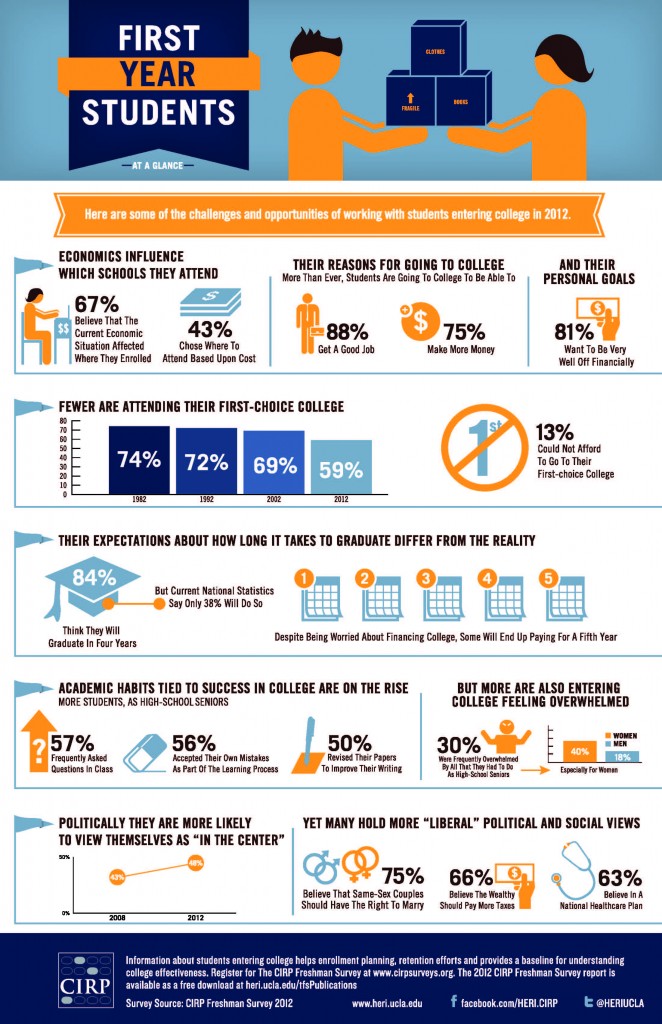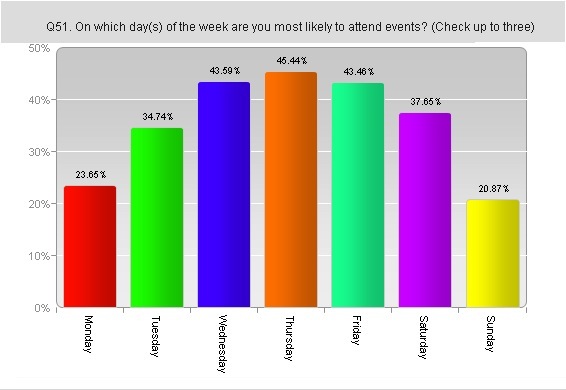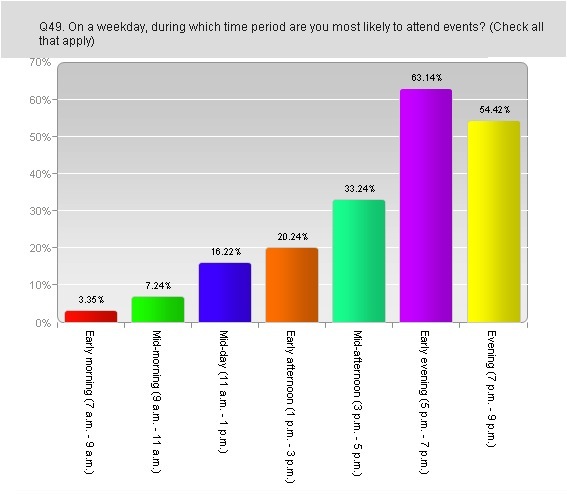January 31, 2013 by Patience
This survey was adapted from a social media survey developed at the University of Michigan. The goal of the survey, administered to undergraduate students in fall 2012, was to understand students’ use of social media to inform our practice.
Below are some of the key findings:
Over 50% of students indicated that they currently use the following social networking tools:
- Facebook (93%)
- You Tube (84%)
- Pandora (64%)
Other top social networking tools:
- Twitter (40%)
- RateMyProfessors (37%)
- Instagram (35%)
- Pinterest (27%)
80% of respondents agreed with the statement: “who you are and what you value are reflected in your profile”
92% of respondents used the internet sites to watch T.V.
98% of respondents indicated that they owned a laptop, 66% owned a smartphone, and 20% owned a tablet.
3 top preferred email platforms
- 41% Gmail
- 39% UVM Webmail
- 5% Apple (iCloud)




